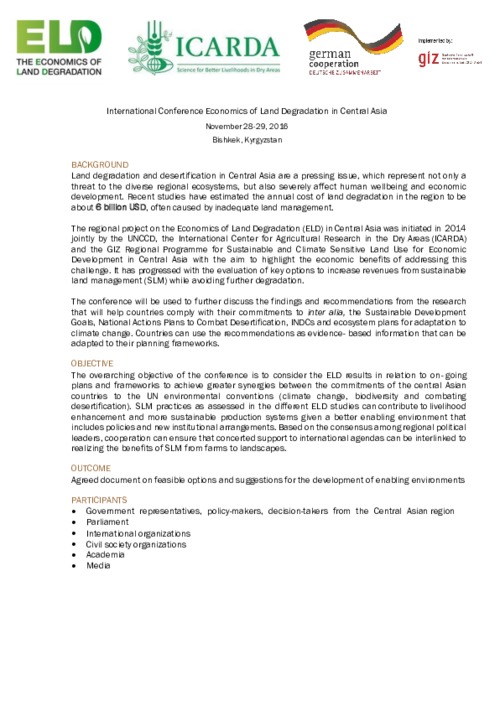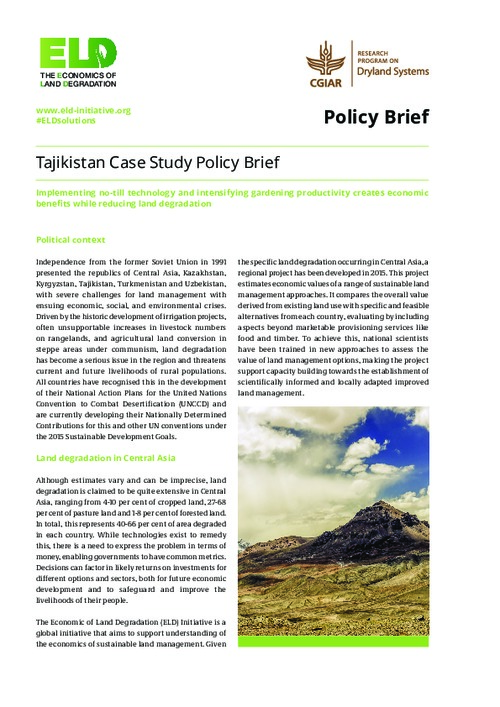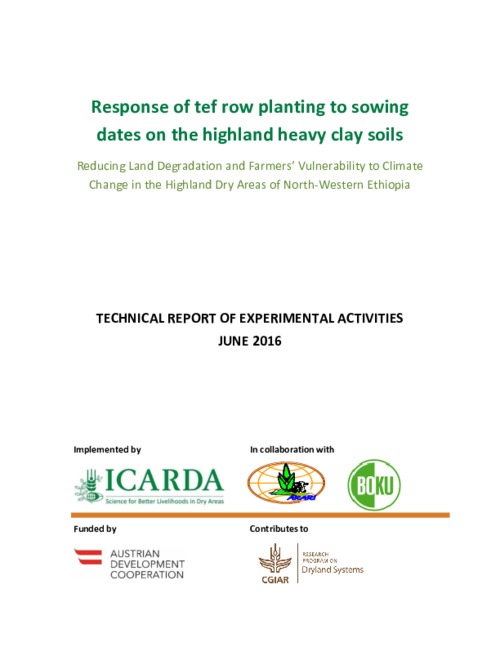Land for life
Becoming land degradation neutral is not simply about restoring degraded lands. It is about self interest making sure the land can still provide food and fresh water for us, our children, and to the third and fourth generations. It is about giving every child, from Mongolia to Afghanistan and from Ethiopia to China, the fighting chance for a better life. If this all sounds too good to be true, read this book.








